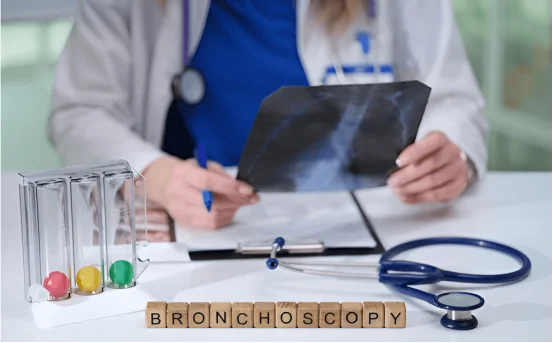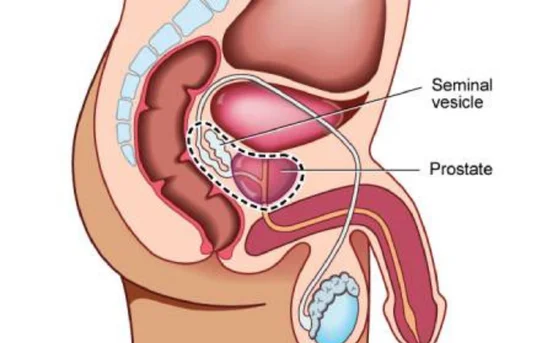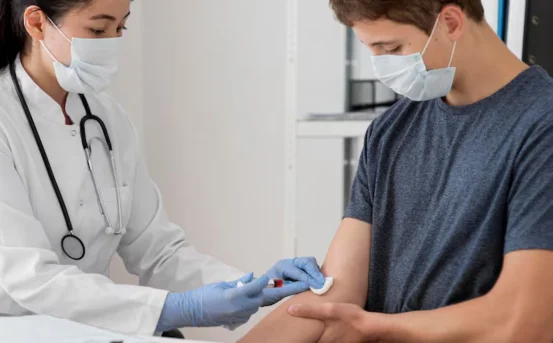Bronchoscopy is a specialized procedure medical professionals use to both diagnose and occasionally treat problems affecting the lungs and airways. Commonly called bronchoscopy surgery, the approach is minimally invasive, involving the gentle placement of a slender tube known as a bronchoscope through either the nose or mouth so the doctor can reach the lungs directly. This capability gives physicians a clear view of the throat, larynx, trachea, and lower airways, helping them spot infections, inflammation, tumors, or various other irregularities. The diagnosis for bronchoscopy surgery is vital in ensuring appropriate treatment.
When symptoms such as a lasting cough, puzzling lung problems, or unusual results on a chest X-ray show up, your physician might suggest a bronchoscopy to gather solid diagnostic information. The technique has proved invaluable in sorting through symptoms and securing a definitive diagnosis, particularly in cases where other imaging studies do not provide enough clarity.
This procedure is crucial for achieving an accurate diagnosis for bronchoscopy surgery and guiding further medical decisions.
Why Bronchoscopy is Recommended Importance of Diagnosis for Bronchoscopy Surgery
The main aim of bronchoscopy is to offer direct visualization of the lungs and airways, which in turn enables doctors to recognize a variety of medical conditions. Several of the most frequent situations that lead to the recommendation of this procedure include the following:
Chronic or Unexplained Cough
A cough that hangs around for longer than eight weeks, particularly one that does not seem to budge with standard treatments, may point to a more serious respiratory problem. In such cases, a bronchoscopy can uncover underlying causes such as an obstructed airway, persistent infection, or even a hidden tumor.
Lung infections can sometimes give doctors a real run for their money. When common antibiotics fail to clear up issues like tuberculosis, persistent fungal disease, or stubborn pneumonia, a bronchoscopy often comes into play. The procedure lets specialists peek directly inside the lungs so they can collect sputum and even small fragments of lung tissue for testing. That extra detail helps them choose the right treatment.
We’ve all seen X-rays and CT scans that reveal suspicious shadows drifting across the lung fields. When those images show a mass or nodule that makes a doctor raise an eyebrow, bronchoscopy usually follows. By threading a small camera down the airway, doctors can grab biopsies for closer inspection. Those samples can be vital for uncovering conditions such as lung cancer, granulomatous diseases like sarcoidosis, or tricky interstitial lung disorders.
Few sights are more alarming than blood in a patient’s cough. Hemoptysis, as it’s technically known, can stem from a variety of sources, some life-threatening. Scoping the air passages gives physicians a chance to pinpoint exactly where the bleeding starts, information they need before they can stop it. Finding the culprit is the first step toward keeping complications at bay.
Not every breathing problem is caused by pneumonia or asthma. Occasionally a patient is struggling because something—be it a swallowed coin, a tumor, or scarred tissue—has narrowed or completely blocked an airway. In such cases, bronchoscopy serves both as the looker and the fixer; it can identify the block and sometimes remove or treat it in the same breath.
When it comes to these critical tasks, flexible bronchoscopy is the workhorse. A slender tube equipped with a camera, light, and passage for tiny instruments slides through the nose or mouth and down into the bronchial tree. Doctors can see moving, real-time images on a monitor, rinse the area with saline to capture samples, and snip out bits of tissue that look suspicious. Most patients experience the procedure with nothing more than local numbing spray and mild sedation.
Rigid Bronchoscopy
When doctors need a steady, dependable line of sight—like when they’re fishing out a lodged toy from a child’s airway or trying to staunch a sudden downpour of blood—they turn to the rigid bronchoscope. This sturdy, metal tube can feel old-fashioned, but its brute reliability is hard to beat. Because it requires a firm setup, the patient is placed under general anesthesia.
In contrast, flexible bronchoscopy has become the go-to choice for everyday check-ups. It’s versatile enough to take tiny samples or snap photos without a major fuss, making it the first step for most doctors chasing down a cough or an out-of-the-ordinary chest scan result.
What Can Bronchoscopy Teach Us at the Bedside?
- Visual Inspection :- The very reason we go down this route is visibility. Sliding a bronchoscope along the airway lets a physician spot swelling, discoloration, or lumps in real time, alerting them to possible infections, tumors, or scarring before any lab reports come back.
- Bronchoalveolar Lavage (BAL) :- Once the camera has shown the lay of the land, the team might proceed with BAL. They rinse a small section of lung with warm saline, suck it back out, and send the fluid to the lab. Results help decode stubborn pneumonias, pinpoint bleeding, or reveal unusual immune activity.
- Tissue Biopsy :- If something suspicious is staring back through the lens, the doctor can reach in with tiny forceps and snip off a fragment. Those crumbs of tissue go a long way toward settling questions about lung cancer, tuberculosis, or granuloma diseases like sarcoidosis.
- Brushings and Washings :- Think of brushings and washings as a kind of airway dusting. A soft brush or extra saline rinse gathers shed cells, which are then examined under the microscope for cancer cells, bacteria, or pesky fungi that could be causing trouble.
- Endobronchial ultrasound :- EBUS for short, blends traditional bronchoscopy with real-time ultrasound imaging. This powerful combination lets doctors see and assess tissues just beyond the airway walls, including nearby lymph nodes. Because of its precision, EBUS has become a cornerstone in staging lung cancer and in diagnosing a variety of mediastinal conditions.
Diagnostic bronchoscopy carries several advantages that appeal to both patients and care teams. First, it supports early detection of lung tumors and other growths before more invasive surgery is needed. Second, EBUS allows accurate tissue sampling without the larger scars and risks of open-chest techniques. The procedure is minimally invasive, usually associated with fewer complications and a surprisingly swift recovery. Lastly, it proves valuable for investigating not only cancers but also infectious and inflammatory lung diseases.
Preparing for bronchoscopy is straightforward but requires a little planning. Your doctor will ask you to fast for several hours prior, and it is important to disclose any allergies, current medications—especially blood thinners—and any history of respiratory or heart problems. On the day of the exam you may receive a mild sedative or light anesthesia to keep you comfortable while the team works.
Risks to Consider with a Bronchoscopy
Although bronchoscopy is a procedure many lung specialists perform every day, it is not without some small amount of risk. Among the complications that may occur—yet are thankfully infrequent—are minor bleeding from the airway, a chance of infection, transient low oxygen levels during the exam, and in rare cases a pneumothorax, or small lung collapse, after tissue samples are taken. Selecting a board-certified pulmonologist and having the procedure done in an accredited medical centre reduces those odds even further.
Conclusion
Despite those possible hazards, bronchoscopy ranks among the most powerful and trusted methods for pinning down difficult respiratory problems. By allowing doctors to look straight into the lungs and collect specimens right where questions arise, the procedure often provides answers that chest X-rays or CT scans alone cannot supply. If your physician has recommended it, you can be confident in its safety, precision, and minimally invasive nature. Be sure to have an open conversation with your lung specialist so you completely understand why bronchoscopy is being proposed and what you can expect before, during, and after the test.























